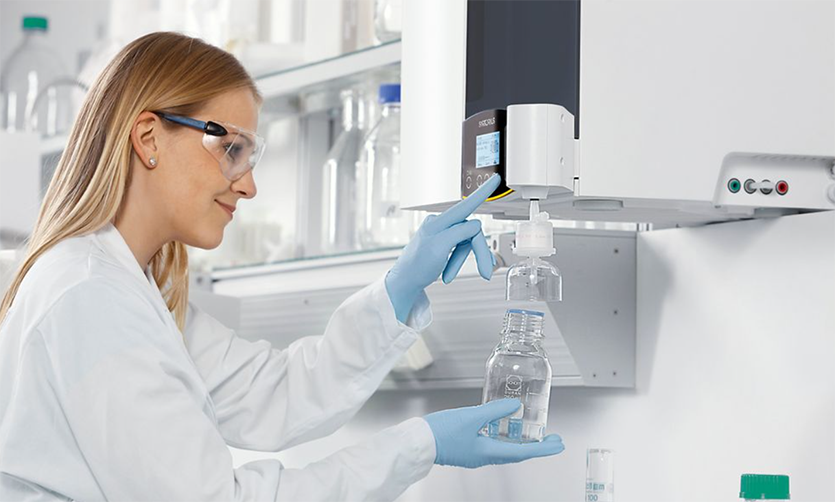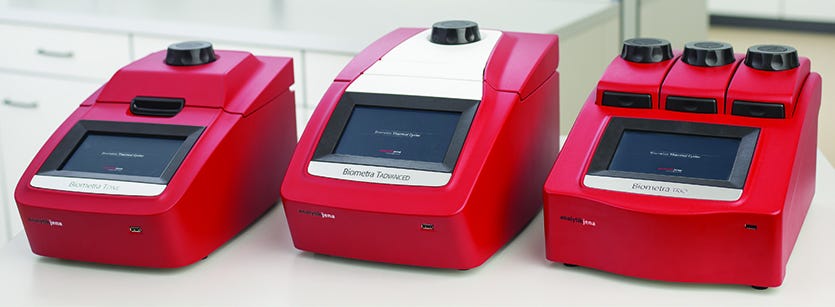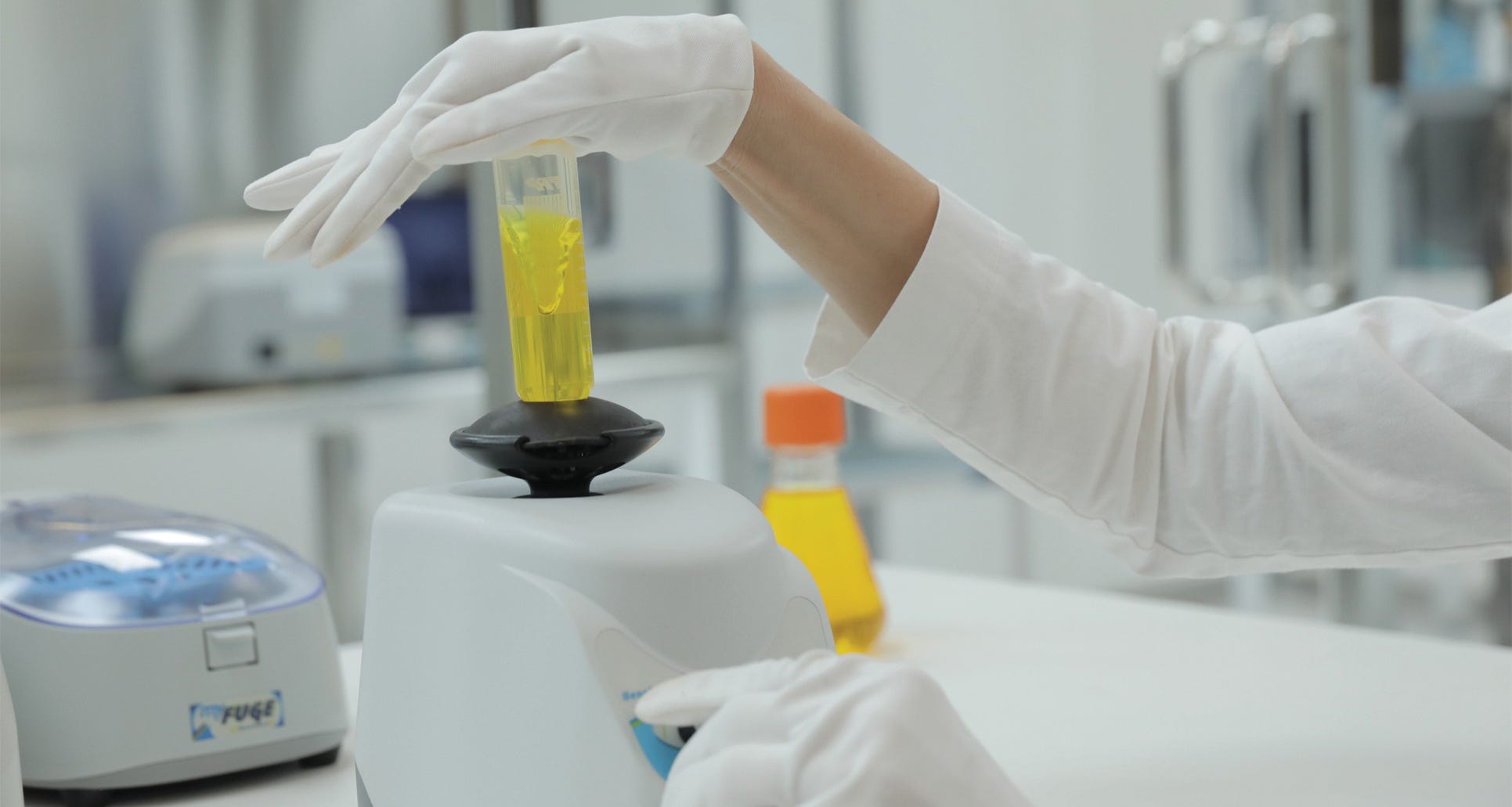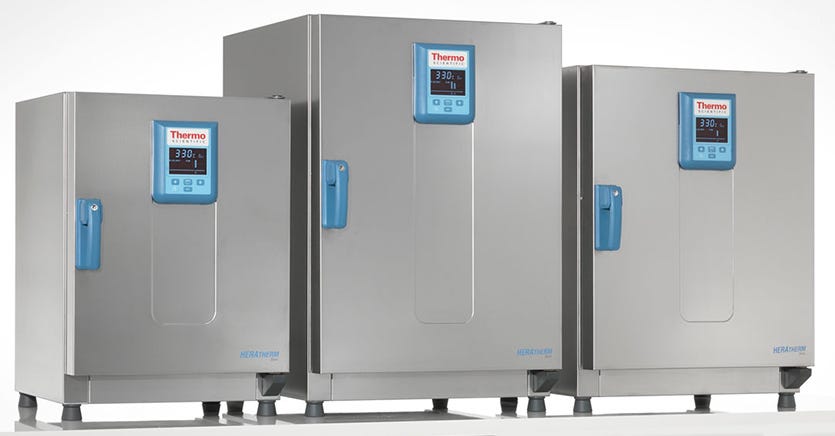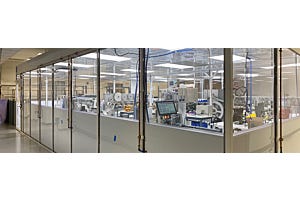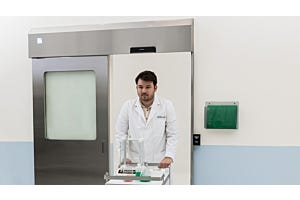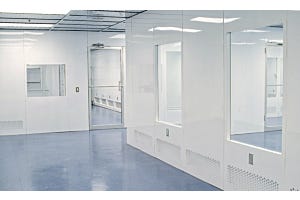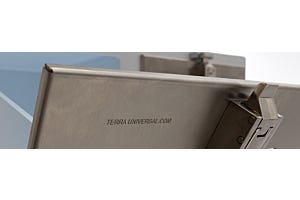Feature Comparisons
-
Posted: March 30, 2023Read more »
Laboratory liquid handlers are a class of automated instruments used to dispense, transfer, dilute, or mix samples and reagents. Liquid handlers accurately handle small sample volumes, ranging from microliters to milliliters, and perform a variety of operations, including pipetting, mixing, and serial dilution.
Automated liquid handlers offer several benefits when compared with manual experimental prep.
-
Posted: August 26, 2022Read more »
Water purification systems remove a wide variety of contaminants from feed water (tap water or pre-treated water) to produce pure water ideal for a host of applications within the lab.
-
Posted: August 24, 2022Read more »
Laboratory shakers rotate in an orbital, or reciprocating, motion to ensure thorough mixing of liquid samples and reagents.
-
Posted: August 18, 2022Read more »
PCR thermal cyclers optimize sample conditions to empower the amplification of target nucleic acid sequences for quantitative and qualitative analysis. Thermal cyclers are designed to perform two types of polymerase chain reaction (PCR) methods: end-point, or standard PCR, and real-time qPCR.
-
Posted: October 06, 2021Read more »
Vortexers, or vortex mixers, gently agitate liquid samples by creating a vortex motion within the sample tube. Vortexers are composed of a drive shaft, oriented vertically, and connected to an electric motor, encased in a plastic or steel housing. The top end of the drive shaft protrudes from the housing and attaches to a micro-tube cup adapter or rack designed to accommodate microplates or multiple test tubes. Simple vortexers turn on automatically when a micro-tube, containing the sample, is pressed into the rubber cup. Advanced vortexers include analog or digital controllers with on/off switches, mixing speed controls, vortex timers, and alarms.
-
Posted: September 28, 2021Read more »
Laboratory homogenizers mix, blend or pulverize chemical and biological samples to form a uniform, homogenous suspension for further analysis. More specifically, homogenizers are used to lyse cellular structures, mill environmental samples, emulsify immiscible materials, and disperse chemical compounds by particle size.
-
Posted: September 24, 2021Read more »
Microplates, or microtiter plates, are designed to hold microliter aliquots of samples for analytical research and clinical diagnostic testing.
-
Posted: September 09, 2021Read more »
Laboratory circulators and chillers precisely control the temperature of deionized water, bath fluid, or PH-neutral buffer for delivery to integrated or external water baths, analytical instruments, incubators, and wet processing stations.
-
Posted: August 20, 2021Read more »
Laboratory transilluminators,or gel light boxes, are used by life science labs to visualize DNA, RNA or protein samples separated throughgel electrophoresis. Lab transilluminators contain an ultraviolet UV) or visible blue or white) light source, glass viewing surface, UV-blocking or amber filter cover.
-
Posted: August 18, 2021Read more »
Laboratory ovens are composed of a heating element connected to a sample storage chamber and regulated by an analog or digital controller. While the internal storage chamber is commonly made from chemical-resistant, 304-grade stainless steel, the oven exterior is regularly made from corrosion-resistant, durable powder-coated steel.



